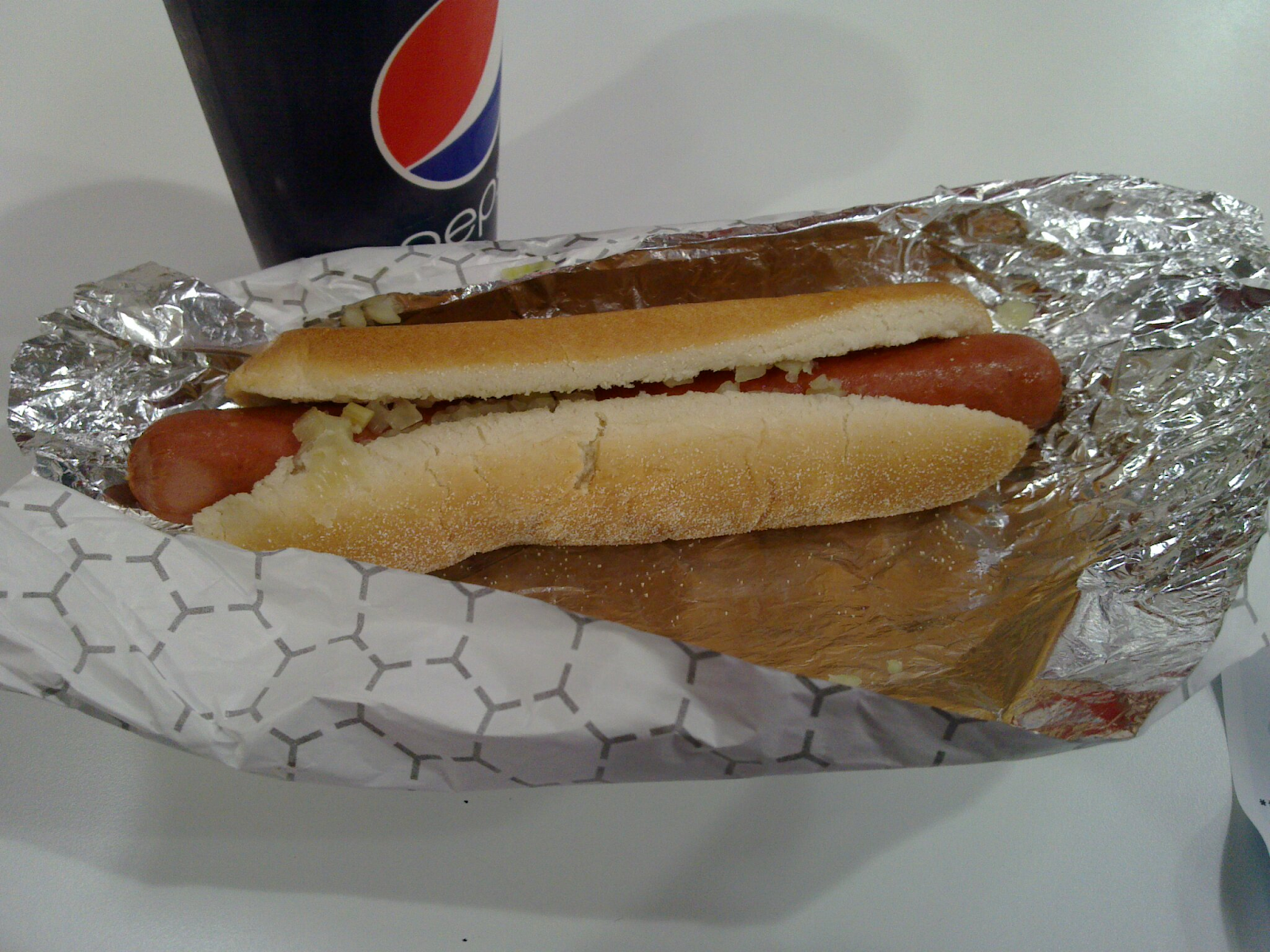P.T. Barnum's Rules for Business Success

DON’T MISTAKE YOUR VOCATION The safest plan, and the one most sure of success for the young man starting in life, is to select the vocation which is most congenial to his tastes. SELECT THE RIGHT LOCATION After securing the right vocation, you must be careful to select the proper location. You may have been cut out for a hotel keeper, yet, if you locate your hotel in a small village where there is no railroad communication or public travel, the location will be your ruin. AVOID DEBT Young men starting in life should avoid running into debt. There is scarcely anything that drags a person down like debt. It is a slavish position to get in, yet we find many a young man, hardly out of his “teens,” running in debt. PERSEVERE When a man is in the right path, he must persevere. I speak of this because there are some persons who are “born tired;” naturally lazy and possessing no self-reliance and no perseverance. WHATEVER YOU DO, DO IT WITH ALL YOUR MIGHT Work at it, if necessary, ...





